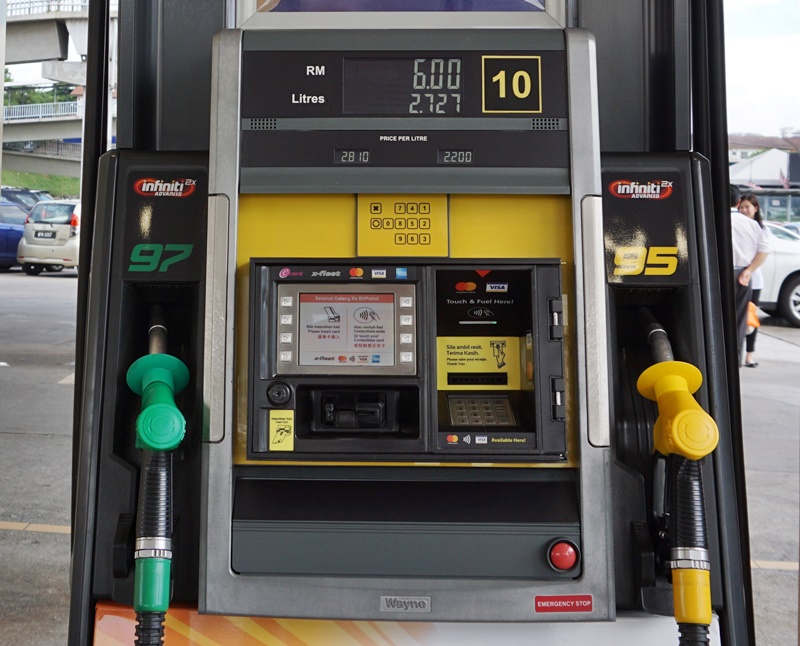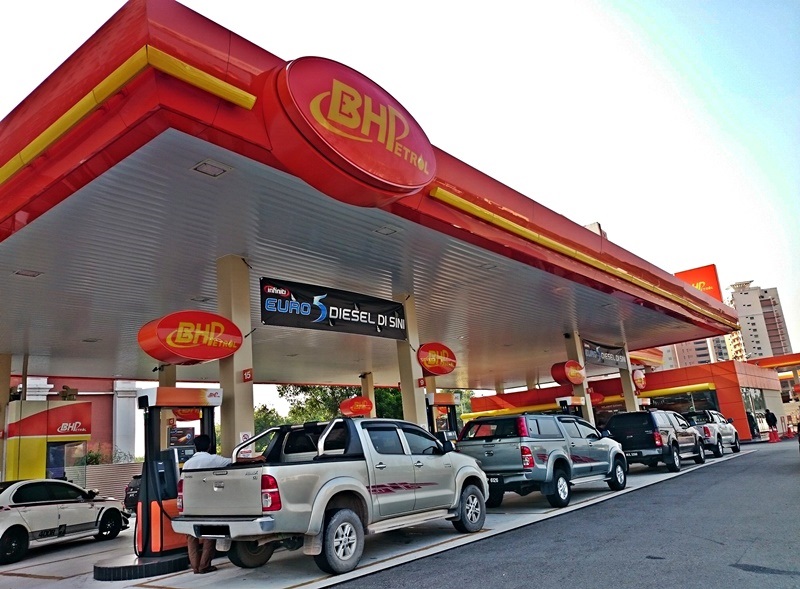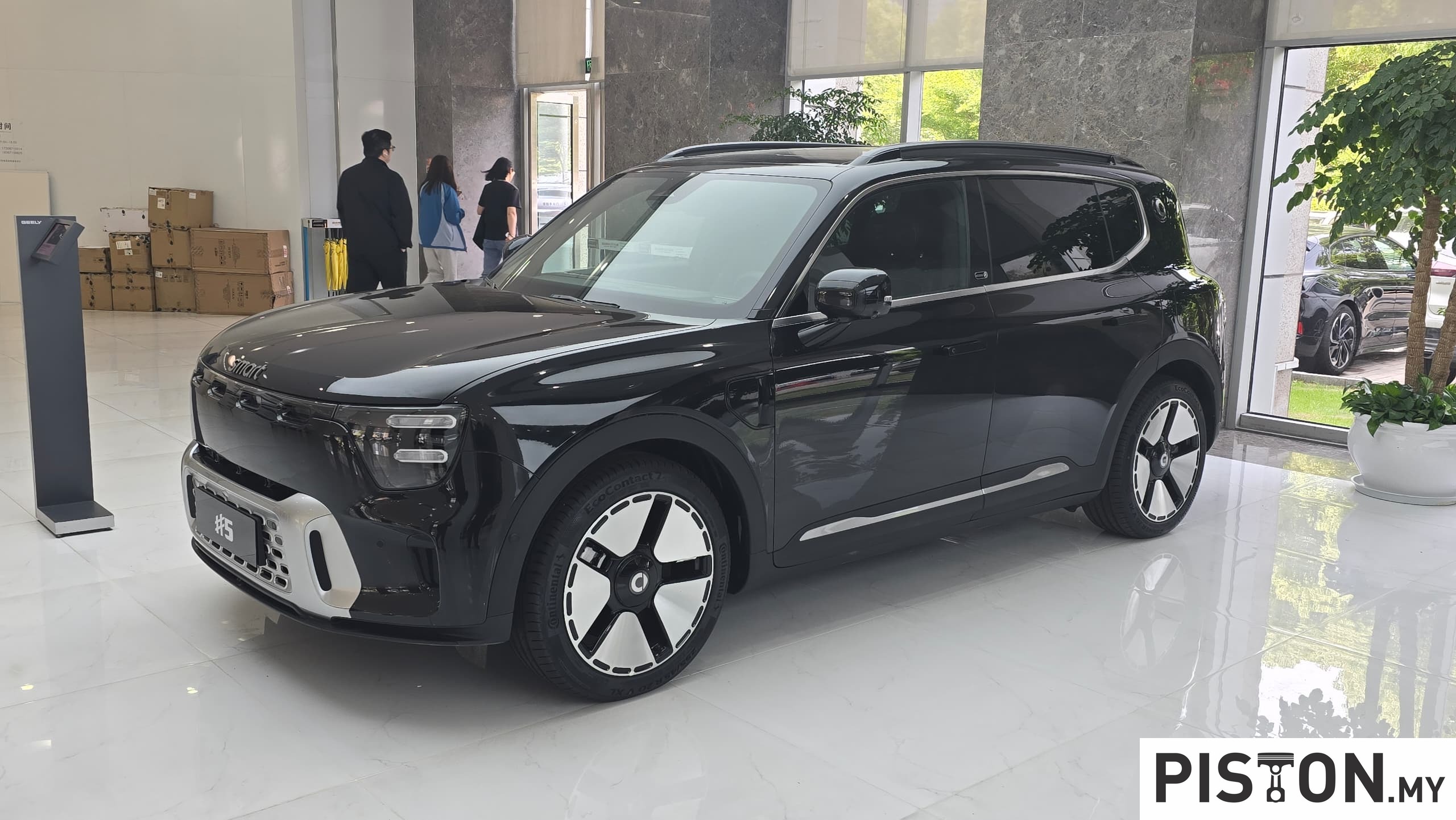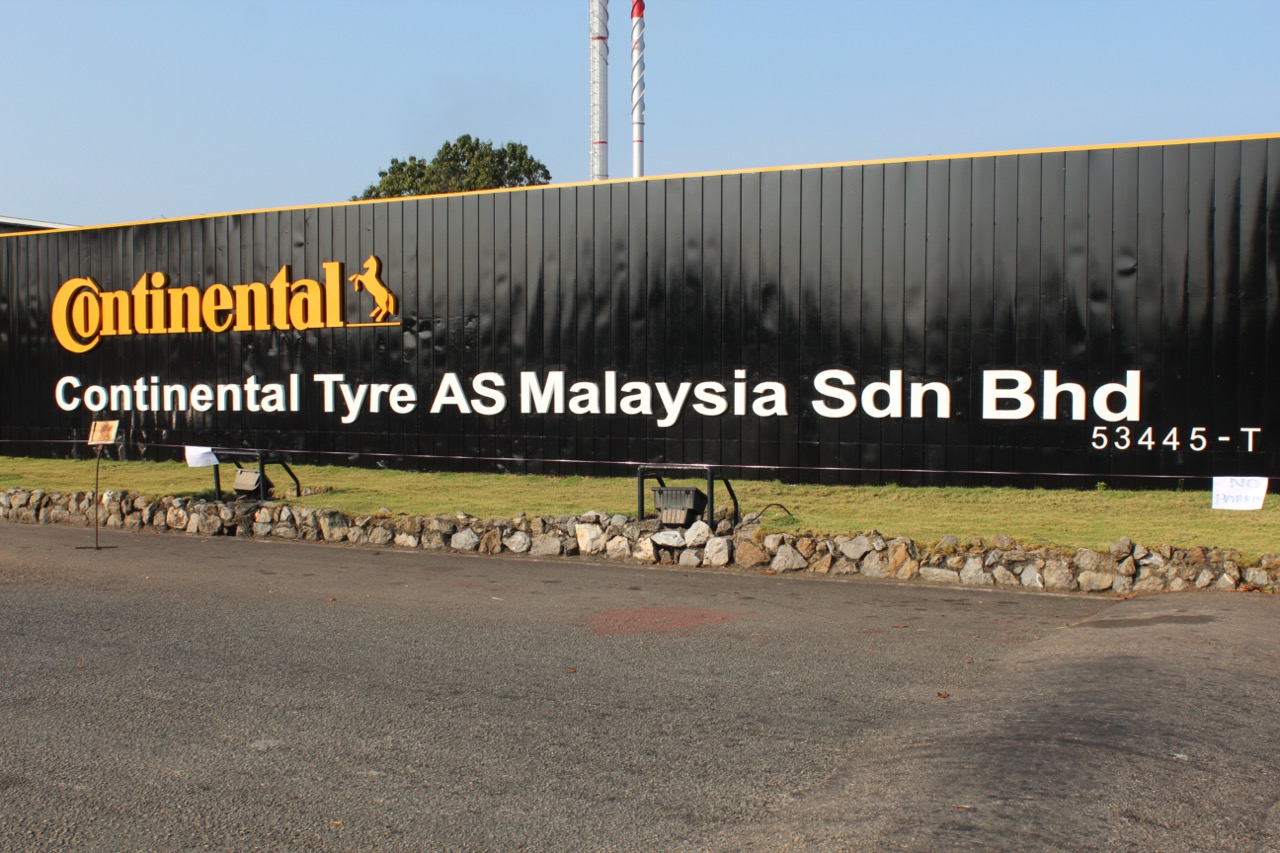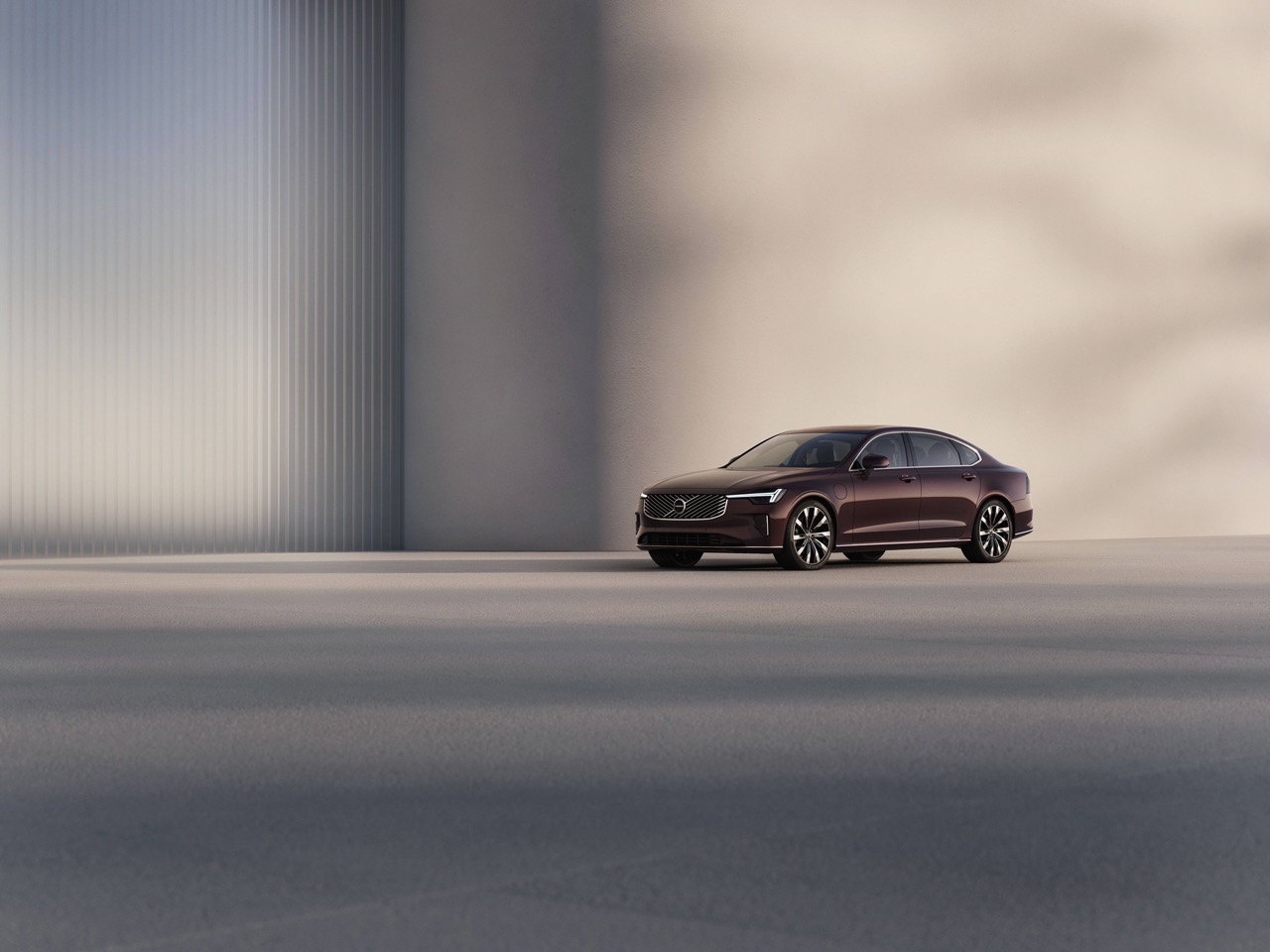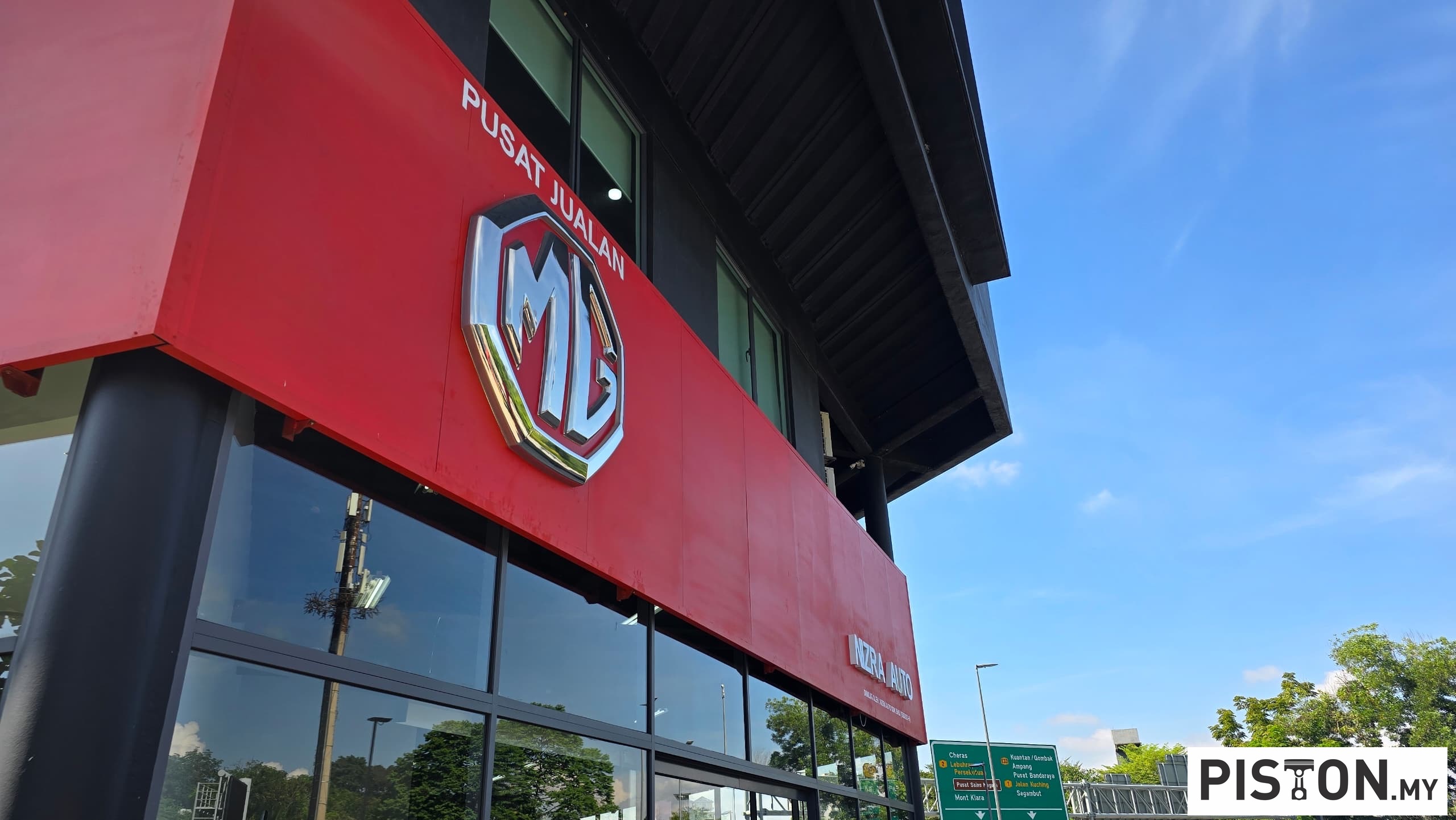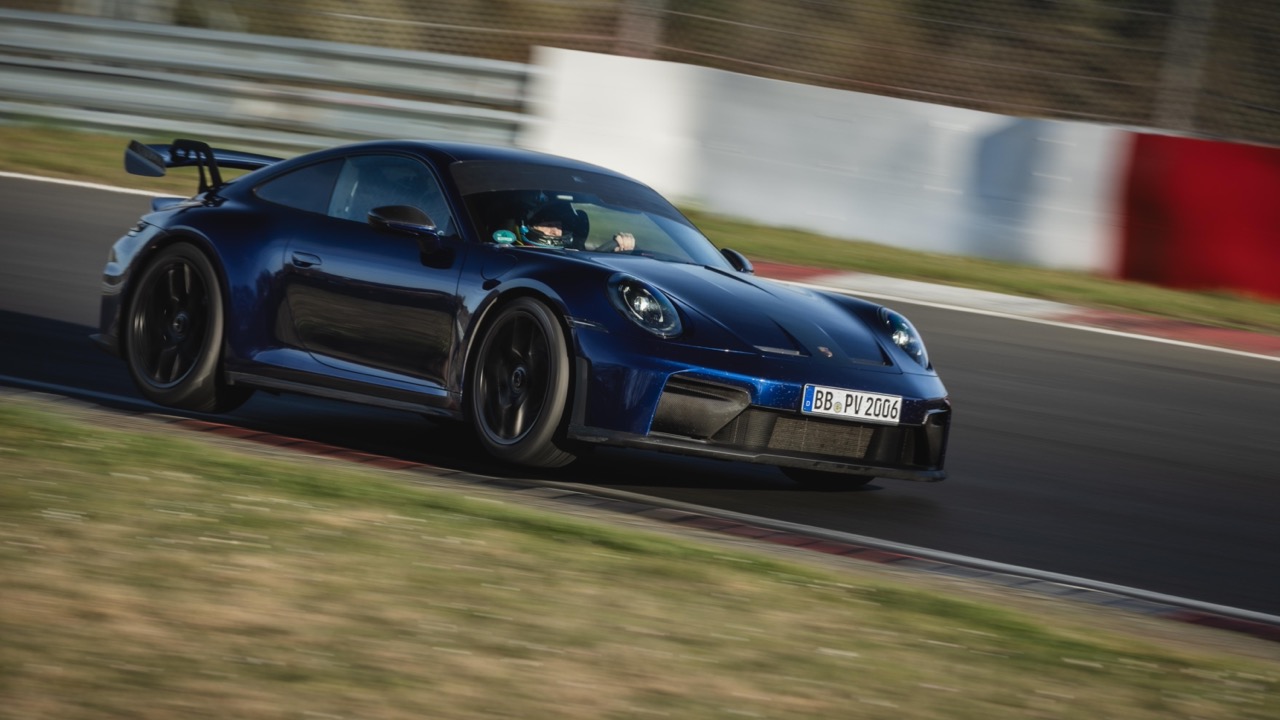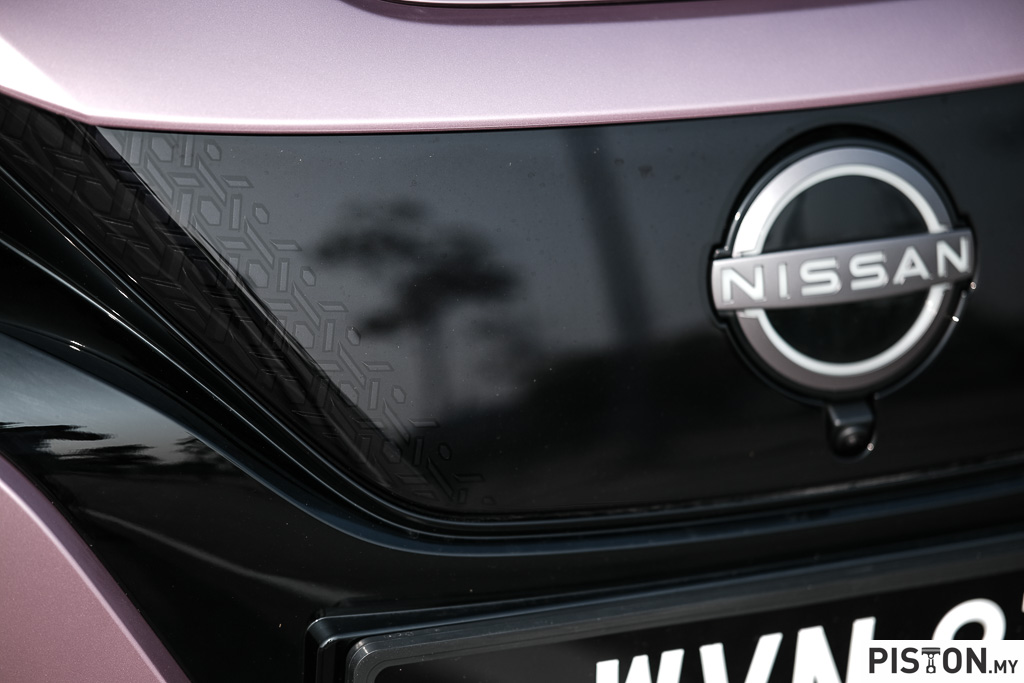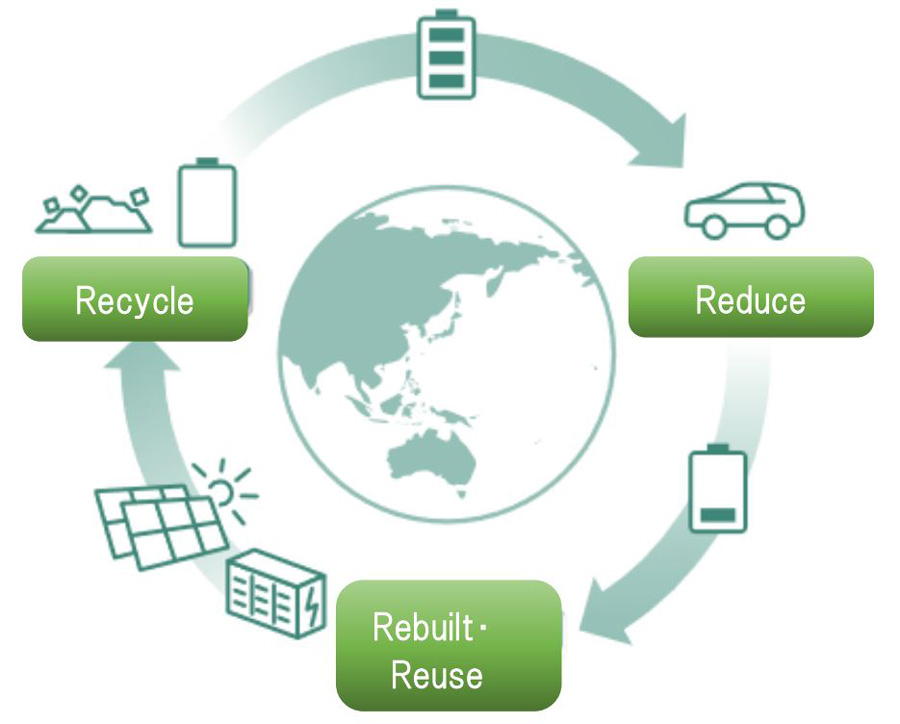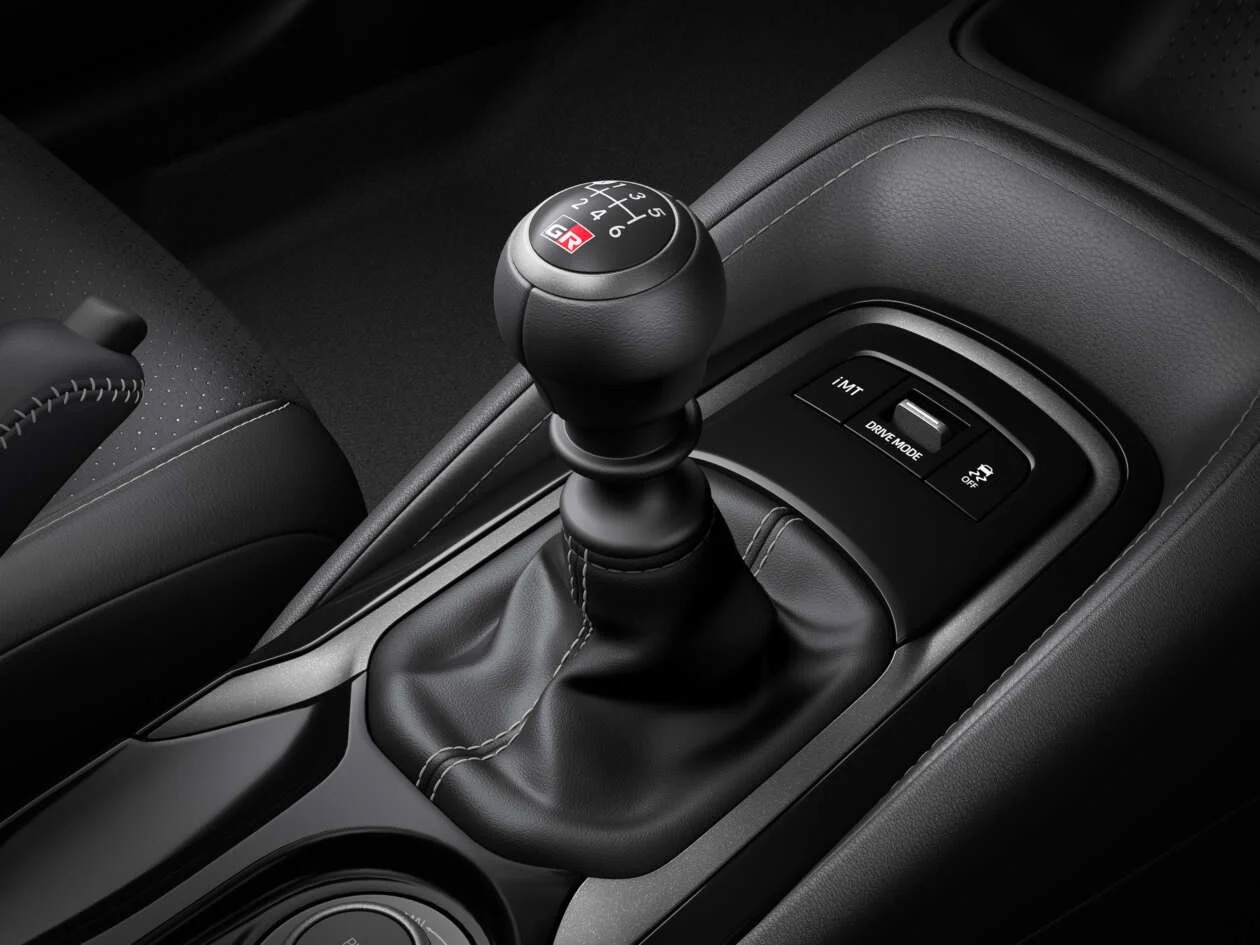Throughout much of last year, the subject of ‘targeted’ fuel subsidies was discussed because the government wanted only the groups that need fuel at subsidized prices get them. The approach was finalized and announced in early October with a planned implementation date at the beginning of 2020. However, in late December, it was announced that the Petrol Subsidy Program (PSP), as it was known, would be postponed. The reason – to allow ‘fine-tuning of the implementation process’ by the Ministry of Finance.
A new date of implementing the PSP was not given and the postponement was used to provide more explanation and clarification to ensure people fully understand the PSP. In any case, the postponement did not have any immediate effect for those who would have been entitled to receive subsidies as the mechanism provided subsidies only once every 4 months. Eligible motorcycle and car owners in Peninsular Malaysia were to receive RM12 a month and RM30 a month, respectively.
The PSP is’dead’
You will note that we are using the past tense and that’s because the PSP is ‘dead’. It was announced by the Deputy Minister for Domestic Trade and Consumer Affairs today. He said one reason the government made the decision to abandon the PSP approach after considering the price difference of fuel between the Peninsula and East Malaysia.
Other reasons were not given although it seems likely that the unexpected economic challenges faced by the government this year would have provided a persuasive argument to not use the RM2.4 billion that had been allocated for the PSP this year.
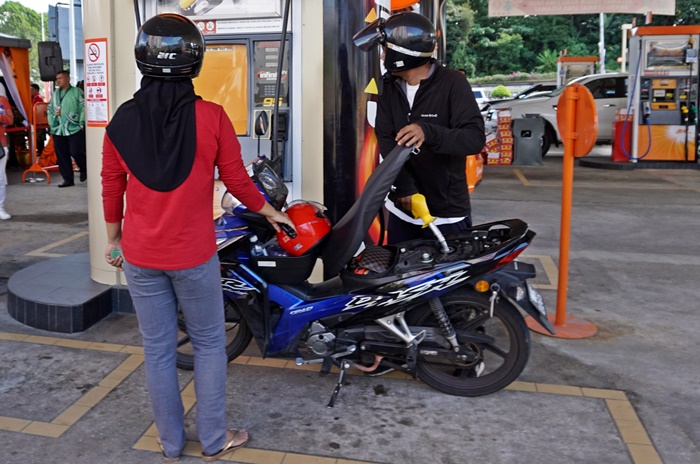
The program would have provided direct assistance to 8 million motorists in the lower income groups, while those who did not qualify would pay prices for fuel at rates determined by the Automatic Pricing Mechanism (APM) with no subsidy. This has been the case with RON97 petrol which has been priced according to a ‘managed float’ that is adjusted on a weekly basis.
So what happens now?
Presumably, the current arrangement will continue until such time that a new approach of using subsidies more effectively can be planned. Last month, the ceiling prices for petrol and diesel were removed, which led consumers to believe that the prices of RON95 petrol and diesel will go beyond the levels that they were capped at.

Under the PH government, it was decided that the prices of the two grades of fuel would not exceed RM2.08 and RM2.18 a litre, respectively. If they did (according to the APM), then subsidies would be used to offset the additional cost to keep them at those levels.
However, the Domestic Trade and Consumer Affairs ministry quickly issued a statement to say that the action taken with the Price Control and Anti-Profiteering (Determination of Maximum Retail Price for Petrol and Diesel) (No. 8) (Revocation) Order 2020 was for enforcement purposes. It would allow the Finance Ministry to ensure that prices set would be adhered to (although there has not been any reported case of stations not following the designated pump prices).
What are the ceiling prices?
The Domestic Trade and Consumer Affairs minister clarified that the ceiling price was not revoked. But since early March, the government has not had to use any subsidies to maintain the price levels as global oil prices kept falling. They are slowly increasing though still well below the ceiling prices. It should be noted that the statement by the minister did not specifically say that the original ceiling prices would be maintained nor that subsidies would be applied. He only said that the pump prices would follow the APM so we won’t know what will happen until RON95 petrol reaches RM2.08/litre or diesel reaches RM2.18/litre.




